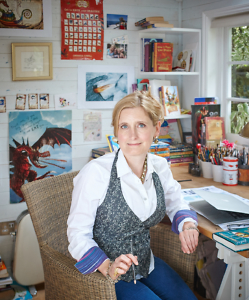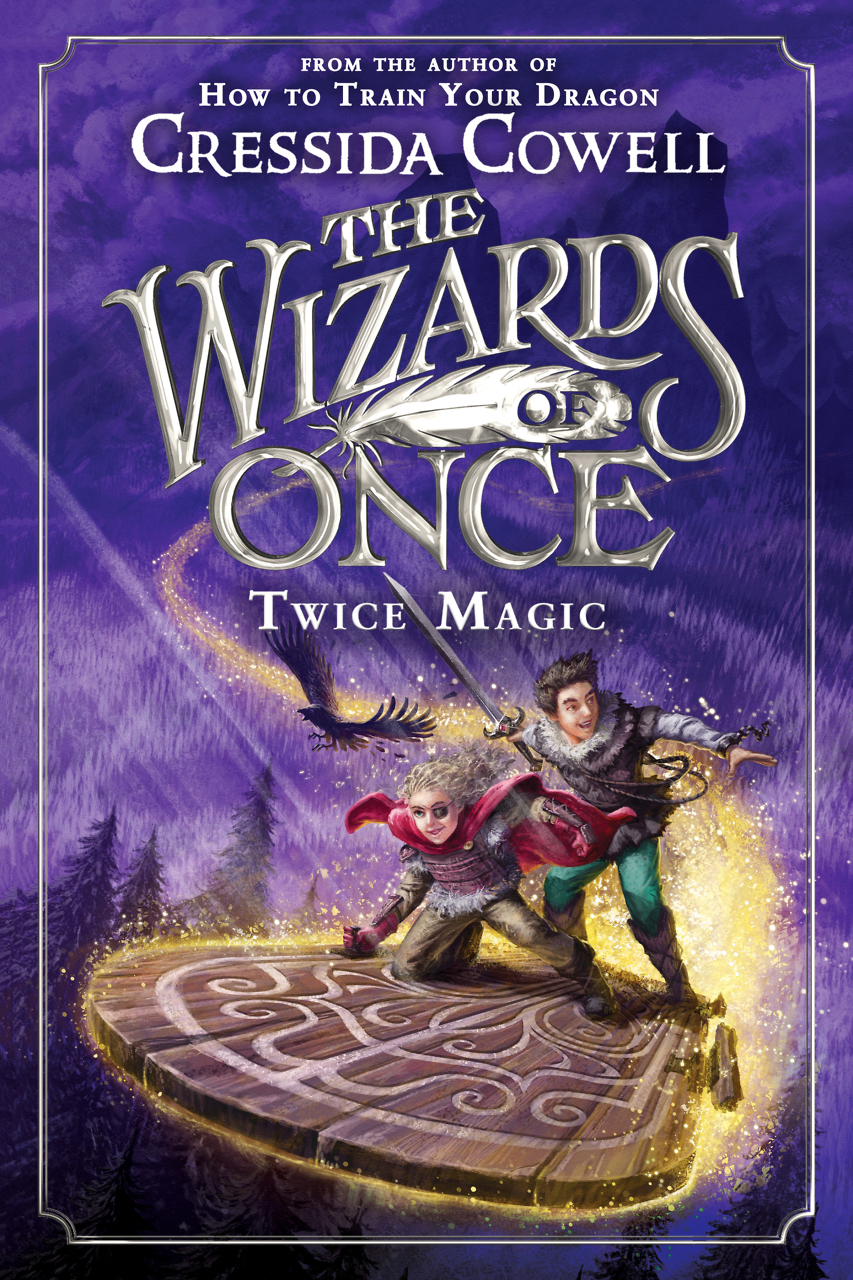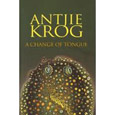Another Way to Be
Michael Ian Black makes the case for a new masculinity in A Better Man
In his introduction to A Better Man, Michael Ian Black tells the story of sending his young children off to school one morning and a short while later seeing reports that shots had been fired at another school nearby. That school was Sandy Hook Elementary, where 20 children and 6 adults were gunned down by a 20-year-old man. Black uses the trauma of that day as a way into thinking about how our culture damages boys and men. “Mass shootings,” he writes, “are only the most sensational manifestation of our peculiar male dilemma: traditional manhood funnels the full range of male emotion into two channels, anger and withdrawal.”
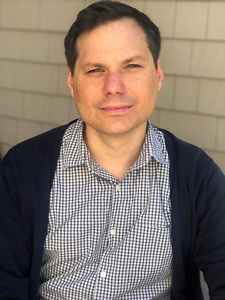
In spite of that grim beginning, A Better Man is a tender, funny, hopeful book, conceived as a letter to Black’s 18-year-old son and dedicated to “tomorrow’s boys.” Through a mix of memoir, comic commentary, and fatherly advice, Black makes the case against the cultural pressures that harm men, from impossible ideals of strength and independence to what he sees as damaging rhetoric about toxic masculinity. (“You’re not toxic, although I admit, you don’t always smell so great after track practice.”)
A comedian, actor, screenwriter, and director, Black is the author of 11 previous books, including Navel Gazing and A Child’s First Book of Trump. He answered questions from Chapter 16 via email.
Chapter 16: Your father didn’t model the kind of emotionally open masculinity you advocate. Who helped you come to such a different understanding of what it means to be a better man?
Michael Ian Black: I want to be clear — my dad didn’t model that kind of open masculinity because he didn’t know how to, not because he didn’t want to. I don’t think it ever even occurred to him that there were other ways of being a man. That doesn’t make him a bad guy, just a product of his times.
As for me, I recognized that there was another way to be. Maybe because I got into theater, or maybe I got into theater because I was looking for another way to be. I didn’t have a single male role model, but there were a lot of men that I admired growing up, including the artistic director of the camp I went to, some actors, people who existed outside what I saw in my little suburban Jersey town.
Chapter 16: You write that traditional masculinity is a form of drag and that “the only thing separating RuPaul and Chuck Norris is glitter.” Gay men have always recognized and played with macho stereotypes. Is it possible for a straight guy to put on masculine drag in a healthy, self-aware way?
Black: Absolutely. There’s no getting around the fact that all of us “present” ourselves. We adorn ourselves in whatever costumes we choose to communicate things about us we wish to communicate. You can wear the boxiest suit and tie every day and still understand that you’re playing a role to a certain extent, because all of us are, all day and every day. That doesn’t mean it’s artifice. It just means that we understand we’re always communicating with other people.
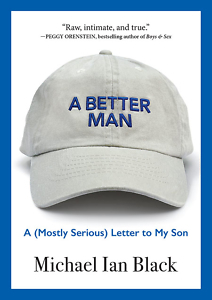 Chapter 16: Your idea of the “Infinite Axis of Manliness” might be the funniest (and saddest) thing in the book. Can you explain it a little and tell us about the genesis of it?
Chapter 16: Your idea of the “Infinite Axis of Manliness” might be the funniest (and saddest) thing in the book. Can you explain it a little and tell us about the genesis of it?
Black: Sure. Imagine everything — everything — arrayed on an infinite line, which represents degrees of masculinity. By his early teen years, every boy understands where everything belongs on that line. For example, I’m typing these responses to you on an Apple laptop, which is less masculine than, say, a Dell because Apple’s branding is creativity, which is less masculine than Dell’s branding, which is more generic “work.” Also, I’m touch typing these responses, which is less masculine than not knowing how to touch type because competent typing is still associated with traditionally female occupations like secretary and administrative assistant. You can pick out anything and do this same exercise. Breakfast cereals, word choices, colors, etc. etc. etc. It’s insane.
Chapter 16: Your focus is on men and masculinity, but a lot of the wisdom in this book seems like good advice for any human. Aside from a deeper understanding of the men in her life, what would you most want your daughter to take from this book?
Black: Fundamentally, it is advice for all humans. A lot of the advice, though, is things that girls and women have traditionally been taught as part of their education in their own gender. Things like empathy, compassion, helping. For my daughter, I hope that she takes away a more nuanced understanding of male struggles. In the book, I talk about how women understand men better than men understand women because men have always been the dominant societal figures. Now that’s changing, and I worry that girls will end up with a skewed, reductive vision of men. We’re every bit as emotionally complex as they are, but we’re just now learning how to communicate those parts of ourselves.
Chapter 16: The book is bracketed by stories about mass shootings, and you talk about the “astonishing arrogance” of such an act. If the culture feeds white male arrogance — and it sure seems to — how can a parent combat it in a child?
Black: I wish I knew. I talk in the book about modeling. Being the person you want your child to become. (Or at least pretending to the best of your ability.) And I do think that’s important. But a parent can only model so much. There are so many other influences out there, some of them apparent, like friends and peers. Some are less visible: the culture in which we are born and the deep histories to which we all belong. It’s very hard to escape that stuff. And, honestly, I’m not even sure the goal is to escape so much as it is to understand, acknowledge, and learn. I don’t think we can ever escape violence. Mass shootings — and school shootings, in particular — are a primarily American affliction tethered to our history as a country. For a long time, I blamed easy access to guns. And while I still think that’s a significant part of the problem, I now believe the roots go much, much deeper into our unreconciled American past.
Chapter 16: You write, “Men often end up stifling the best parts of our selves … to maintain our place in a pecking order that serves no purpose.” I think a lot of women would say that the same is true for them, though the nature of the pecking order is a little different. Can a society exist without its pecking orders? What does your ideal world look like when it comes to gender roles?
Black: I don’t envision a platonic ideal of gender equality, just as I don’t envision a platonic ideal of social equality or income equality. Those goals are unattainable because the ideal is always unattainable. What we can do, though, is rethink traditional gender roles so that we inch closer to a world in which men feel free to be their full selves, which means understanding, accepting, and even welcoming their own vulnerabilities.
Why should that matter? From a pragmatic point of view, because men are falling behind women in educational achievement; they’re falling behind in life skills; traditionally masculine occupations are going extinct. Men need to develop their full selves because they have to compete with women who are kicking our asses. By the way, that’s a good thing. We’ve made incredible strides with women in terms of allowing them to see who and what they can be. We need to do the same work with men now. It will never be ideal. There will always be pecking orders. There will always be injustice. But we can give men better tools to deal with their own sorrow and to help them give and receive love. In the end, what else matters?

Maria Browning is a fifth-generation Tennessean who grew up in Erin and Nashville. Her work has appeared in Guernica, The Los Angeles Review of Books, and The New York Times. She’s the editor of Chapter 16.


